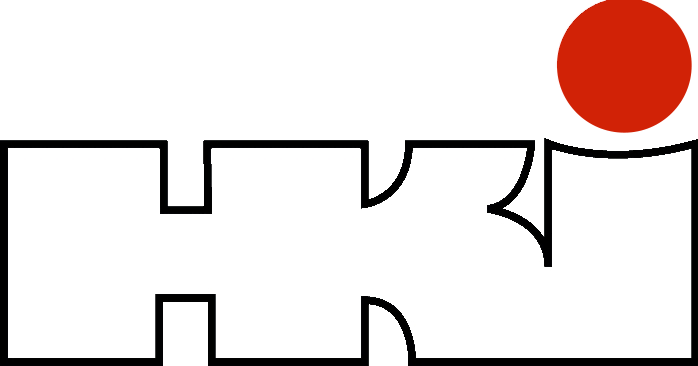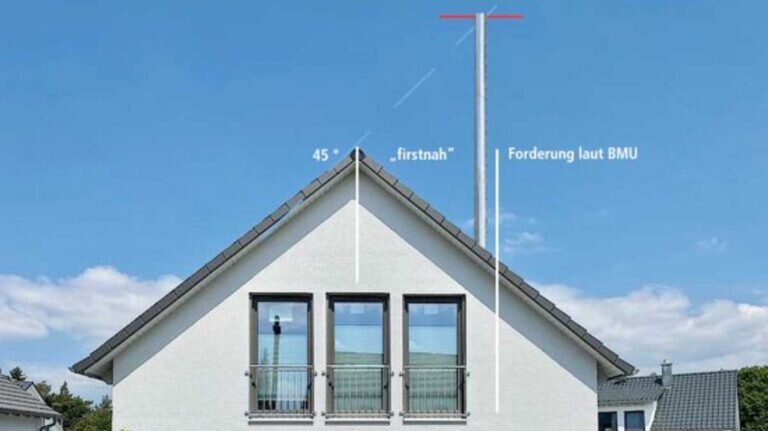Emissions generated during heating shall pollute the air in residential areas less. For this reason, chimneys in new buildings or retrofitted chimneys in accordance with § 19 of the 1st Federal Immission Control Ordinance (BImSchV) must be built higher in some cases from 2022 onwards or must always extend at least 40 centimeters above the ridge of the roof, regardless of whether the chimney flue is inside or outside.
This is regulated by the so-called new discharge conditions. In this way, the exhaust gases should reach as far up as possible through higher chimneys, where the wind can carry them on and the neighbors are not burdened. Furthermore, the accumulation of exhaust gases in dense residential areas is to be prevented. However, the regulation does not apply to existing installations. But anyone who installs a new fireplace from 2022 and does not yet have a chimney must take the new conditions for chimney heights into account.
At the beginning of 2021, the Federal Ministry for the Environment, Nature Conservation and Nuclear Safety (BMU) had already initiated the public consultation for the amendment of the discharge conditions of the 1st BImSchV with the draft bill. In the following period, the association, together with various partner associations and industry organizations, drew up a statement and proposals to reconcile the concerns of climate protection and air pollution control as well as the discharge of exhaust gases. With success – because in the end, protection for older buildings with existing fireplaces was achieved.
Always include the chimney in the planning
In addition, the association regularly advocates in the direction of its end-user communication to consider the chimney when planning a new building and points out that a later installation is associated with considerable additional effort. Since houses are lived in for decades, it makes sense in terms of later heating planning to install a chimney right from the start, even if it is not yet in full use. It also increases the value of a property.
A possible method for existing buildings, on the other hand, would be the installation of a stainless steel chimney running along the outside of the house, which can be used for all approved fireplaces. It is an advantage if the stainless steel chimney is mounted close to the ridge. This is because, according to the new regulations, the installation effort increases the further the chimney mouth is from the ridge, as the length of the free-standing flue pipe increases disproportionately and from three metres the chimney must be compulsorily secured, i.e. supported or braced. In principle, however, an internally guided flue gas system in lightweight construction is also possible with meanwhile low installation and cost expenditure - without high static requirements.
A second approach is the retrofitting of a brick chimney. This involves breaking through ceilings and walls. To ensure that everything is in accordance with the statics, lightweight chimneys made of fibresilicate are a good choice. Such systems are very compact in dimensions and so light that they can be installed on any normally loadable storey ceiling.

